Today I was showing the girls around Genoa. It is so beautiful they were duly impressed. Sarah passed a bag store and wanted this beautiful bag, it cost 200 euros. (I was actually relieved when she said a designer bag I was braced for 1,000s–not that she would have gotten it). So I was going to offer it to her for birthday present, which I had not gotten her one yet. But she insisted she pay for it herself with the money she made working in a grocery store bakery (baking frozen bread and defrosting doughnuts). She was quite proud of herself.
Today was also the cooking course. We took a class in making Focaccia, making salsa di noci and tiramisu. It was a great education. Having followed two detailed videos on making focaccia I was familiar with the process but here I came across some interesting alternatives: the importance of using a heftier flour and he used three different rises to slowly spread the dough across the pan and that worked very well in making a thicker focaccia. I also learned the whole point is NOT to wait for the brine to evaporate like I had been doing. When you have filled the pan with dough and pressed in the dough with your fingers, you then add a brine of salt, water and oil. The oil will glaze the top making it crunchy and the brine will make the indentations soft and chewy: the classic contrast of focaccia: crunchy and tender. Making onion focaccia is as simple as taking a white onion and slicing it thinly and just putting it over the raw dough. If you add something like olives or tomatoes (which should be drained of their water), you press them in before the brine.
The salsa di noce was an amazing thing to make, it is the second most popular pasta sauce in Genoa, as Diane has already mentioned. It is an ancient recipe and uses old techniques for making the cream sauce. This has no béchamel, and it is not even cooked. The thickness is provided by taking stale white bread soaked in milk, and blending it with the other ingredients. The most difficult part of the entire recipe is knowing what to add as far as cheese. In America it is quite common to use Ricotta and our chef despises this approach as ricotta uses too much fat and not enough acidity so the food will be too rich. (He then went on to explain how the use of butter and cream is an almost dead giveaway for poor cooking and/or poor ingredients.) What we are suppose to use is this low in fat and high in acidity: Prescinsoea (which I suspect is genoan dialect). Quark is the closest comparison, for those in europe. And for those in the states, the chef recommends ricotta with a little zero fat greek yoghurt.
For those interested, you pulversie (in a motar in pestle or a blender until a fine powder or paste the following ingredients:
- 250 g. Walnuts
- 50 g Pine nuts
- 80 g dry white bread (no crust)
- 1 cup of milk (soak break with milk before blending)
- a clove of garlic (remove the middle stem)
- a few leaves of gresh marjoram (10-15 leaves)
- 4 tablespoons of olive oil
- 50 g Prescinsoea
- Salt to taste — start with very little.
That is the recipe.
The one interesting thing about the tiramisu recipe was the cooks way of pasteurizing the raw eggs. Boil water and sugar to exactly 121 degrees celsius. At 116 degrees start whipping the egg yolks, and then when the sugar reaches 121 take off the burner and pour sliding in a small drizzle the syrup while continuing to whip the egg yolks (best done in a stand mixer or food processor on low) When all the syrup is added continue to beat until the temperature of the bowl is room temperature. (this can also be done with egg yolks and vinegar for mayonnaise).
In the pictures below they include pictures of us in the ferris wheel on the port.
IMG_9659 IMG_9670 IMG_9663 IMG_9661 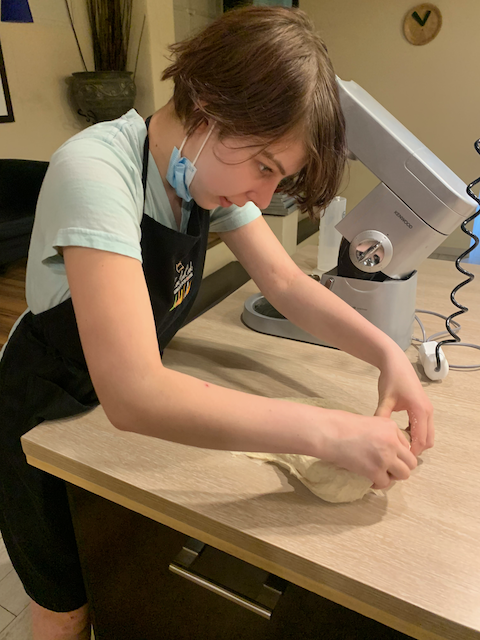
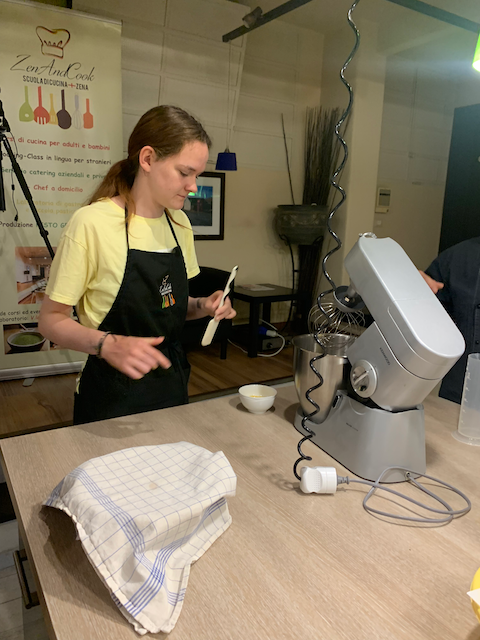
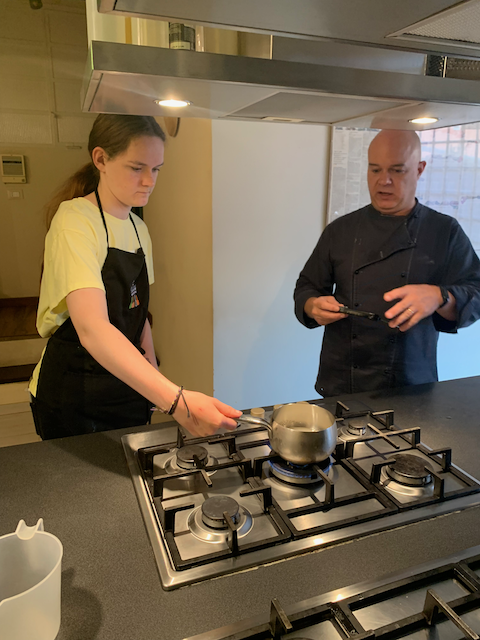
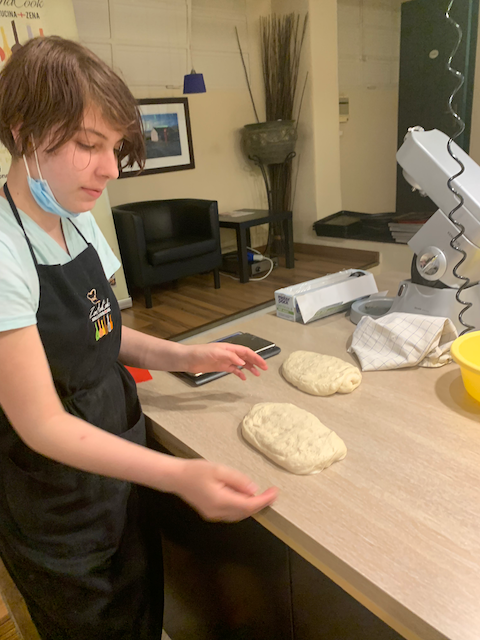
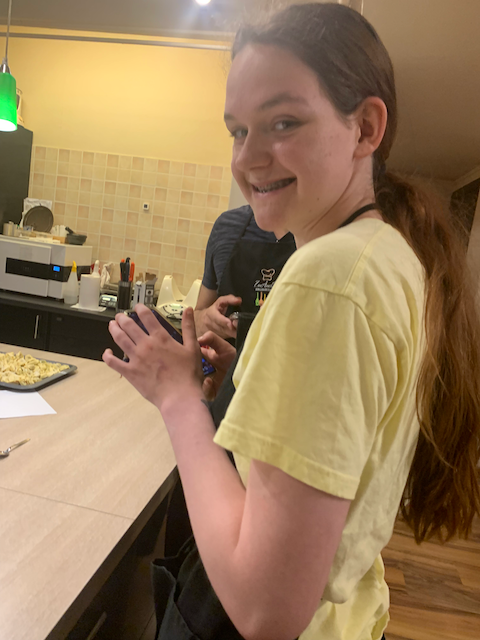
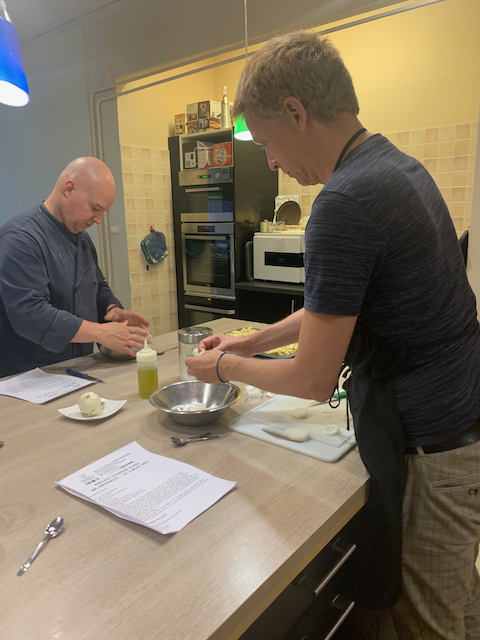
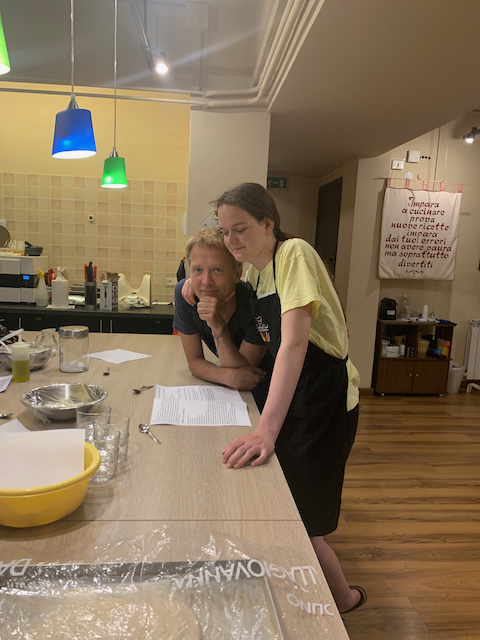
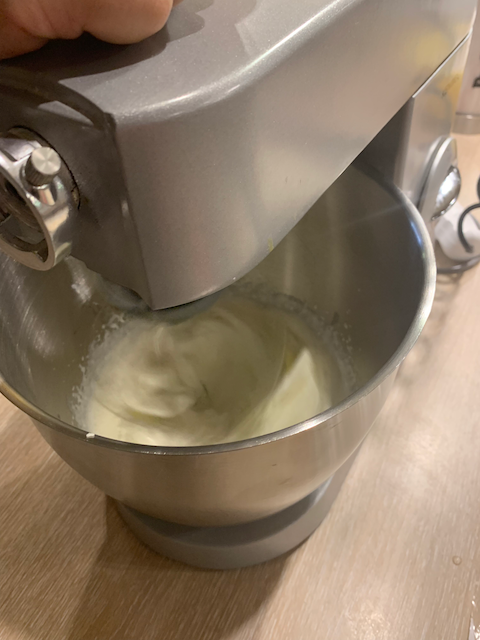
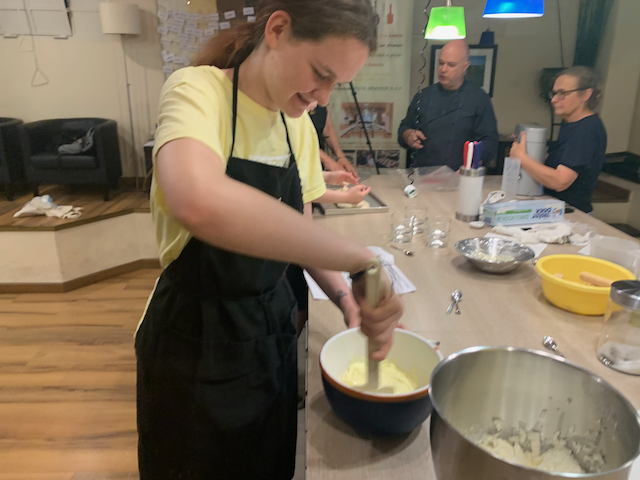
The girls on the town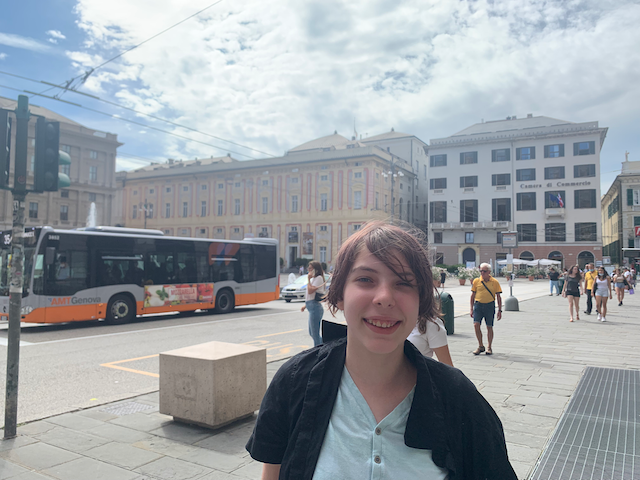
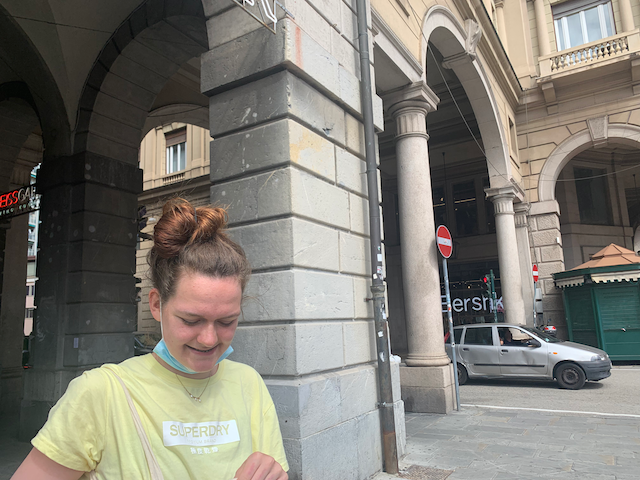
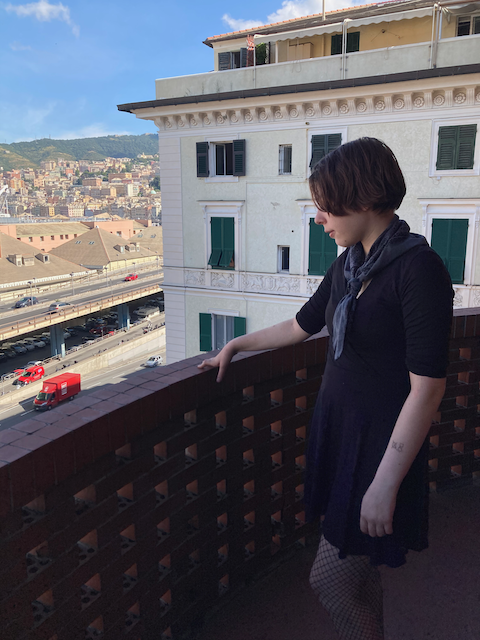
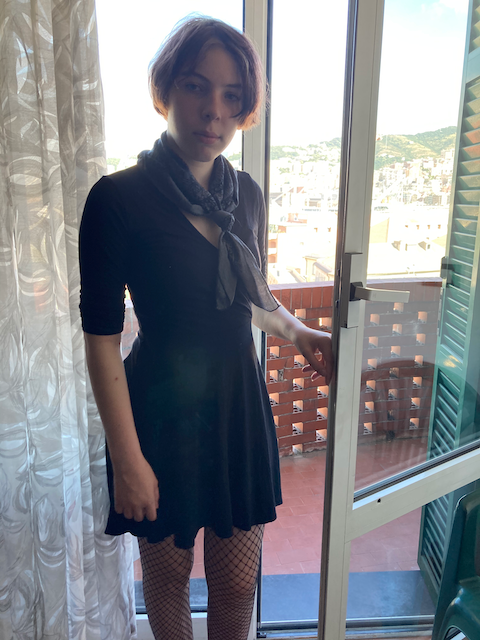
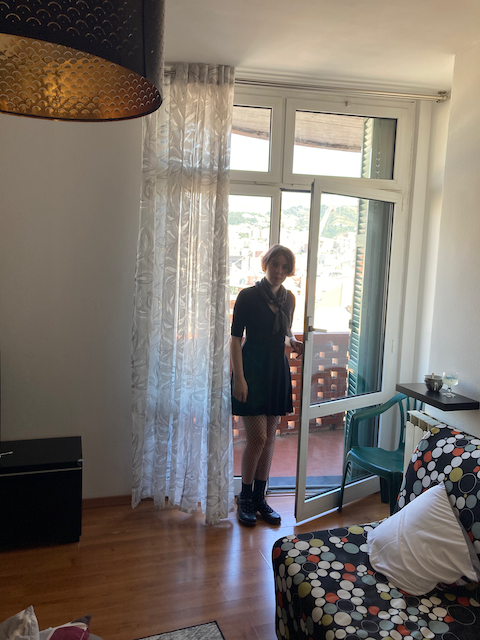
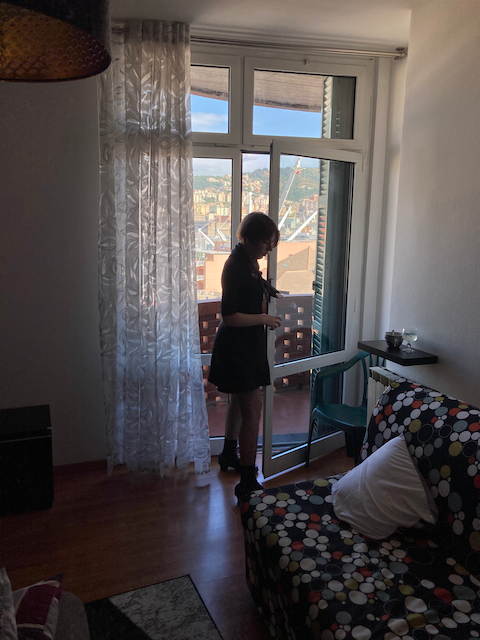
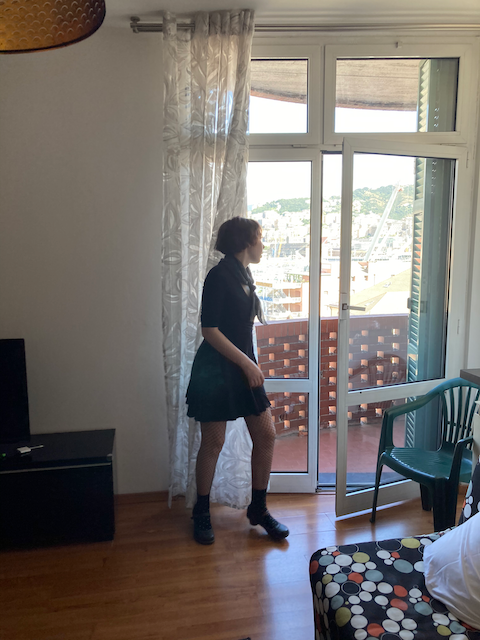
At the ferris wheel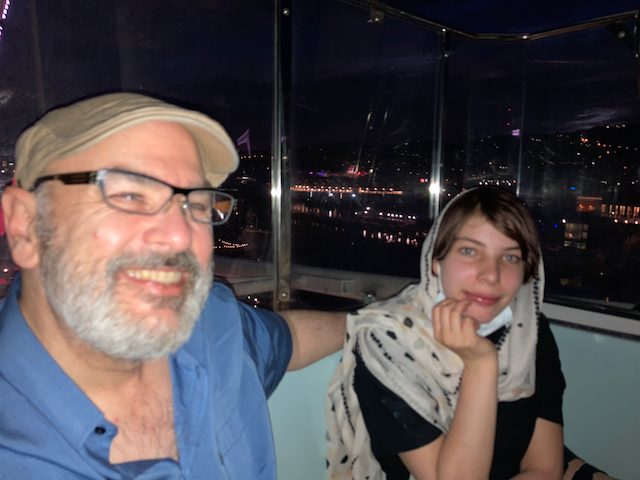
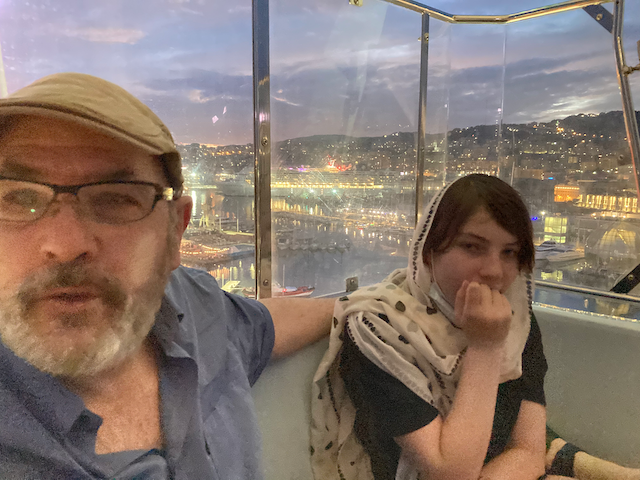
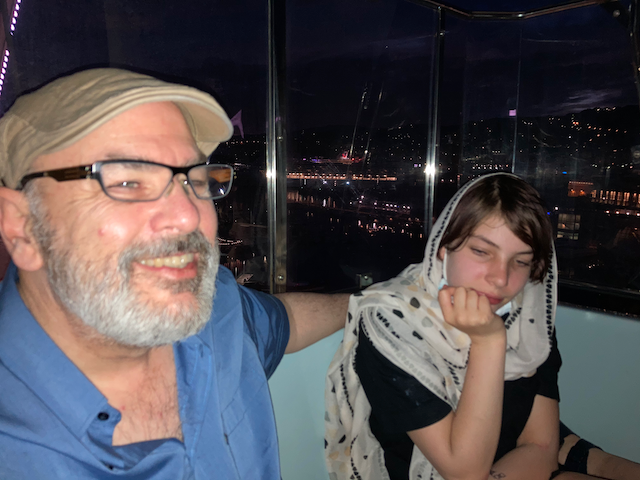
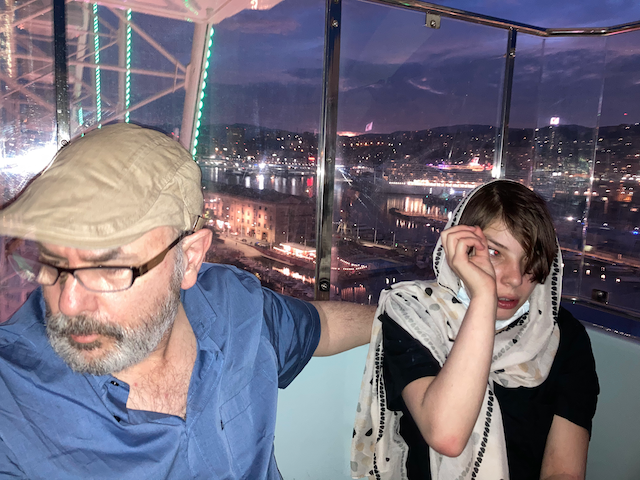
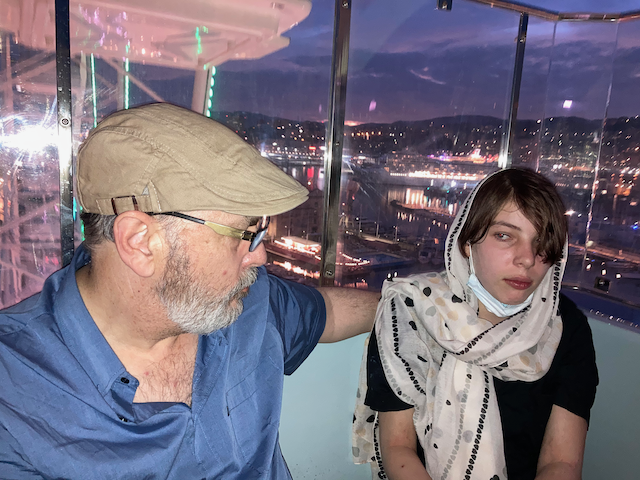
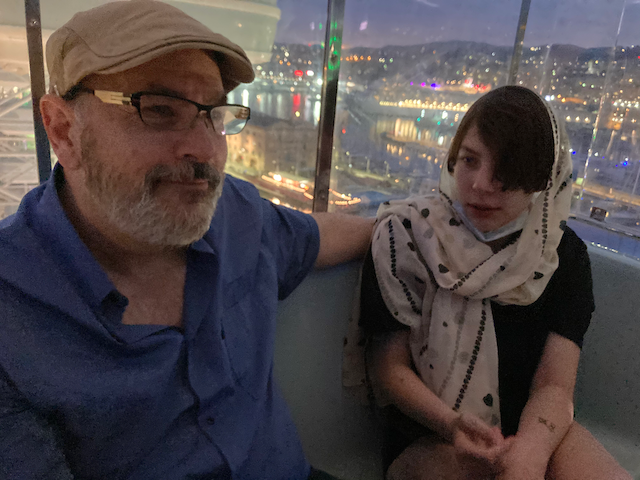
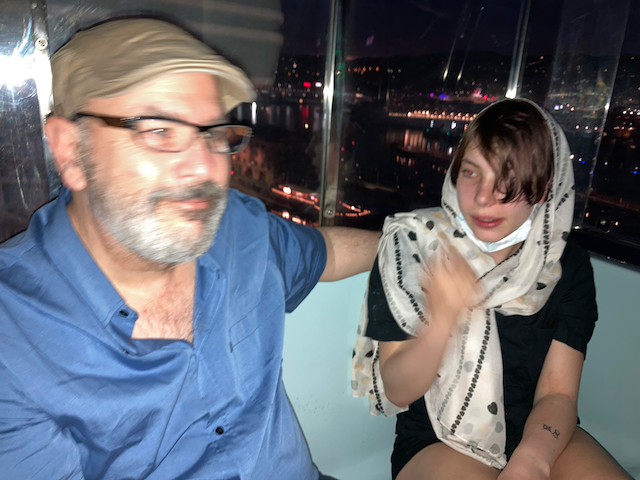
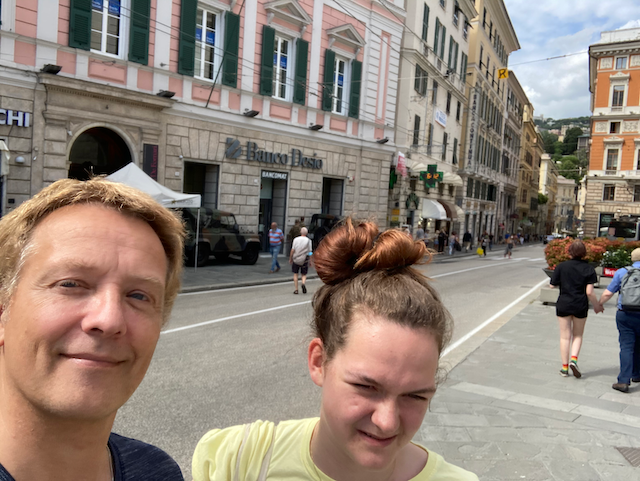
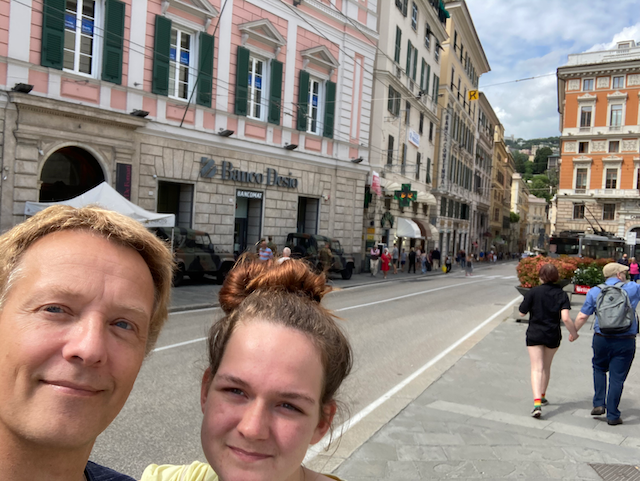
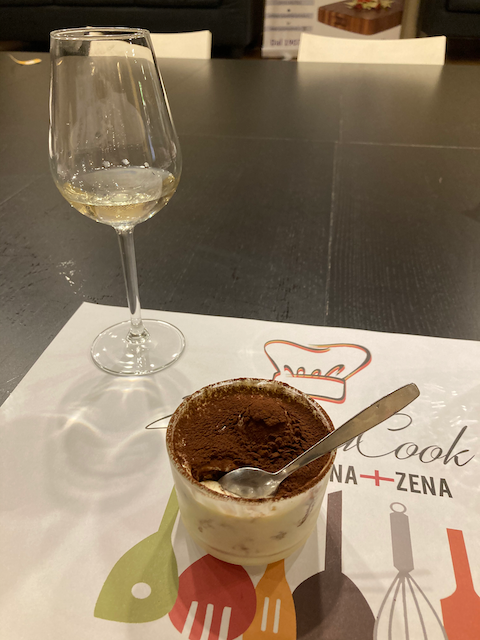
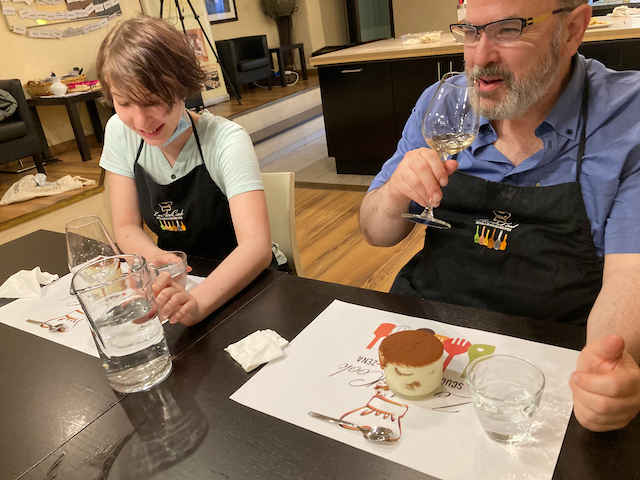
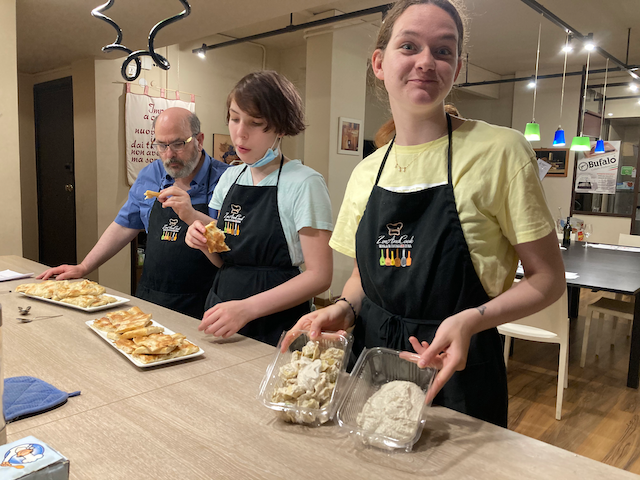
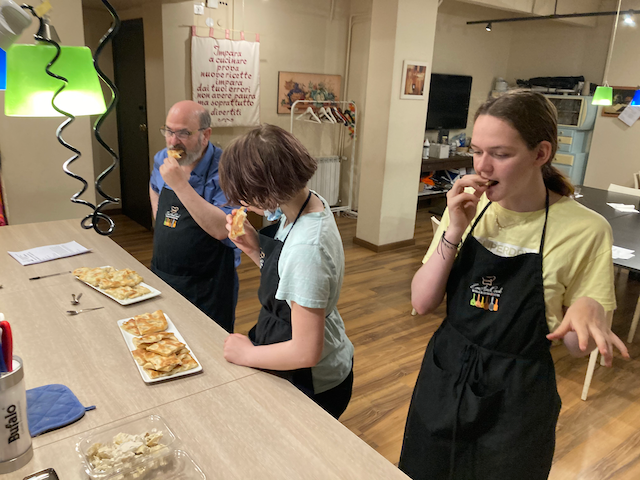
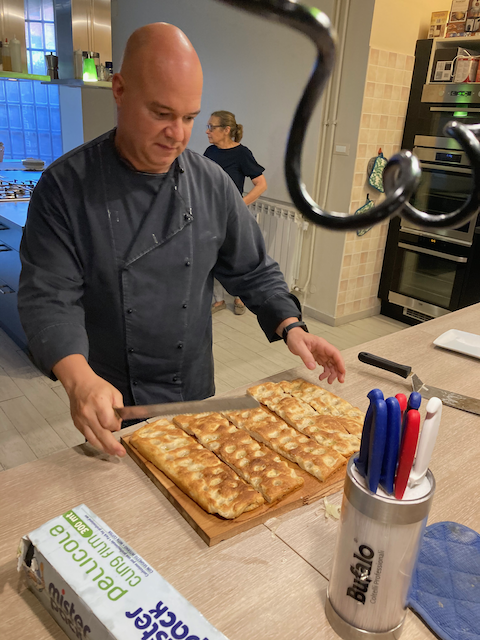
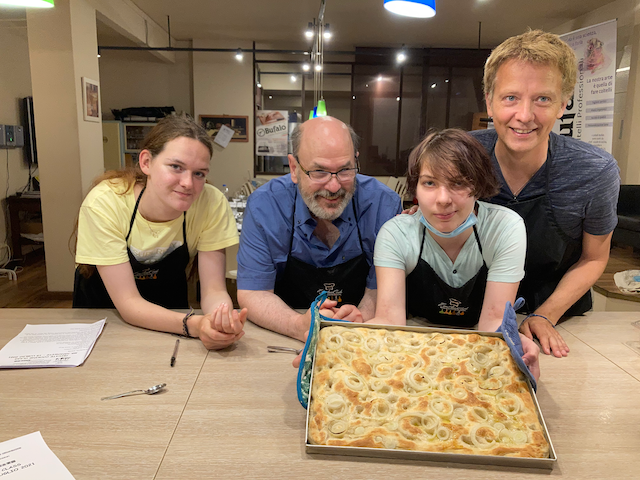
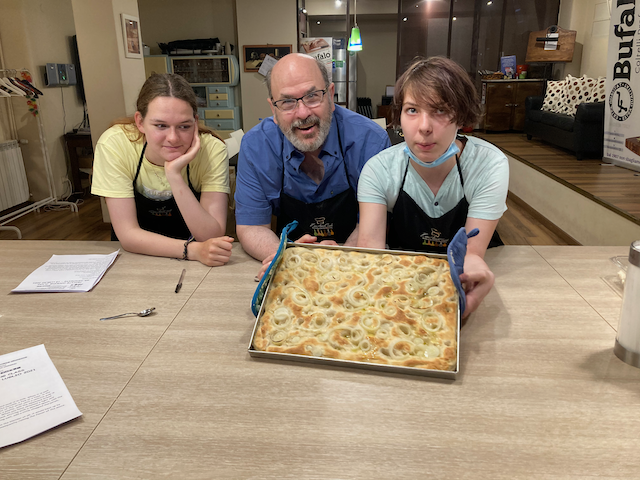
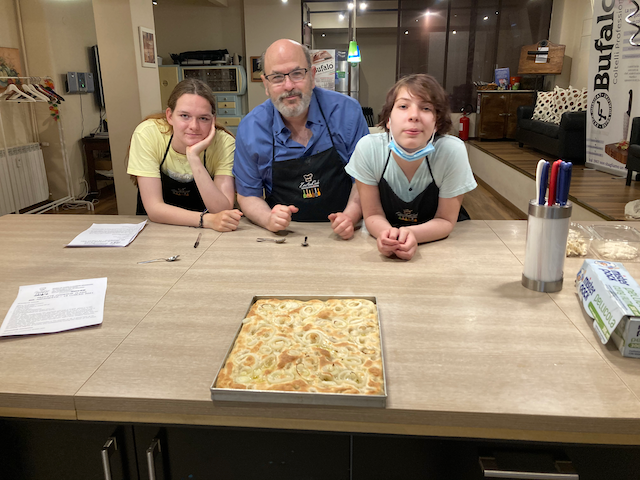
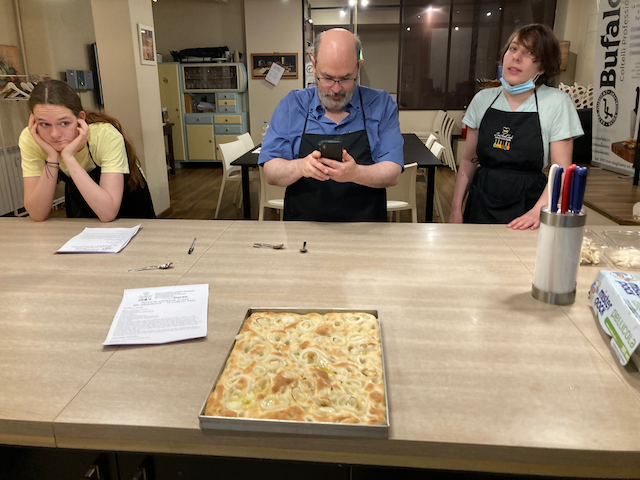
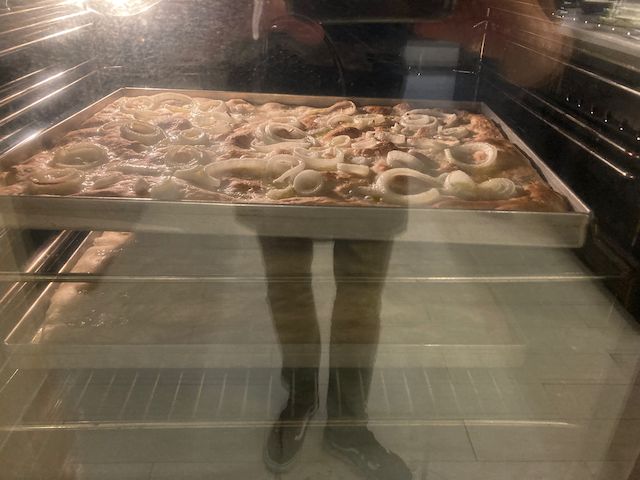
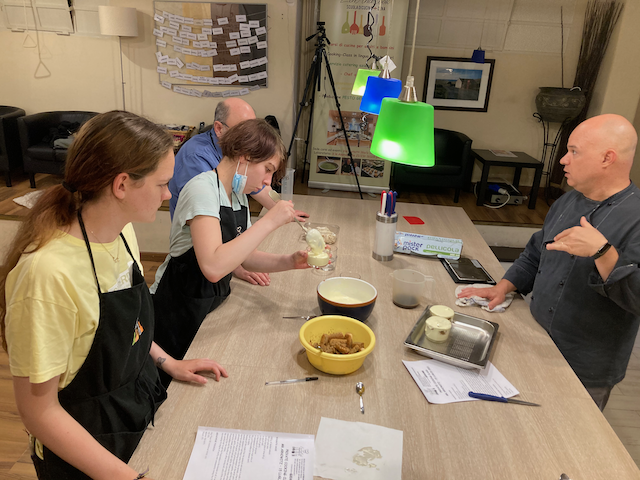
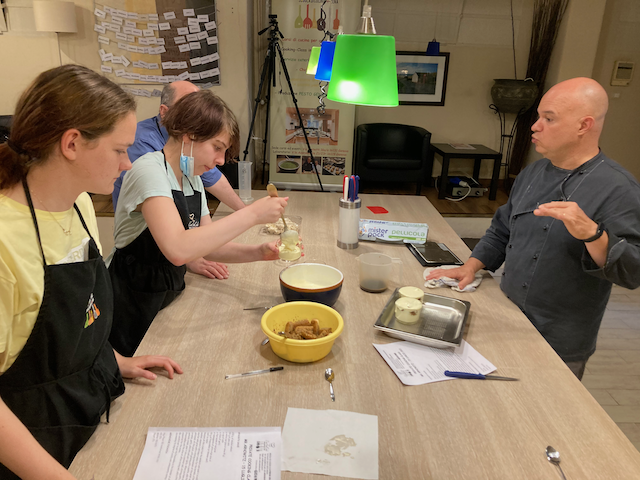
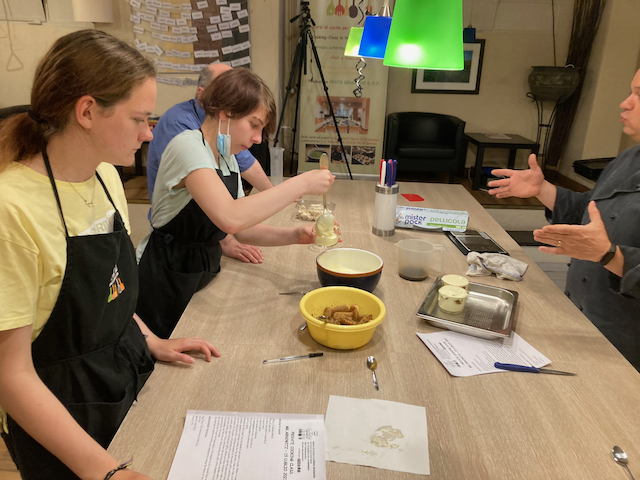
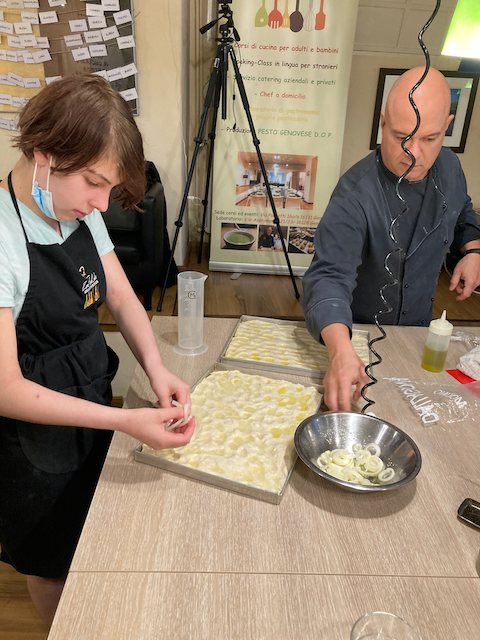
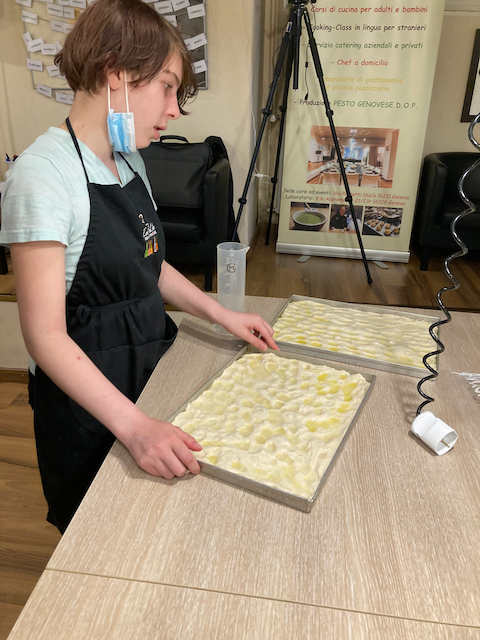
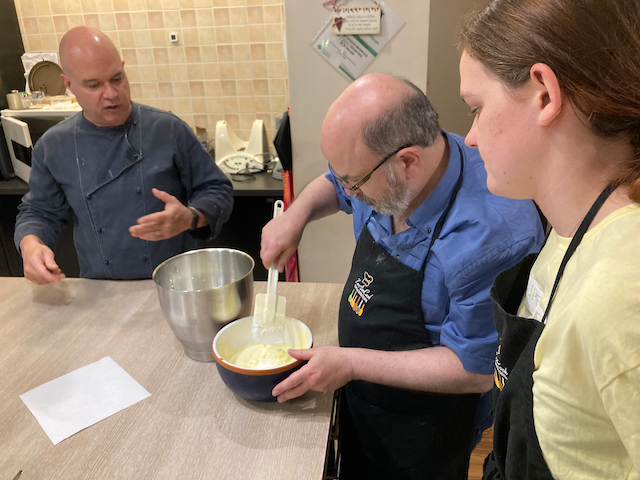
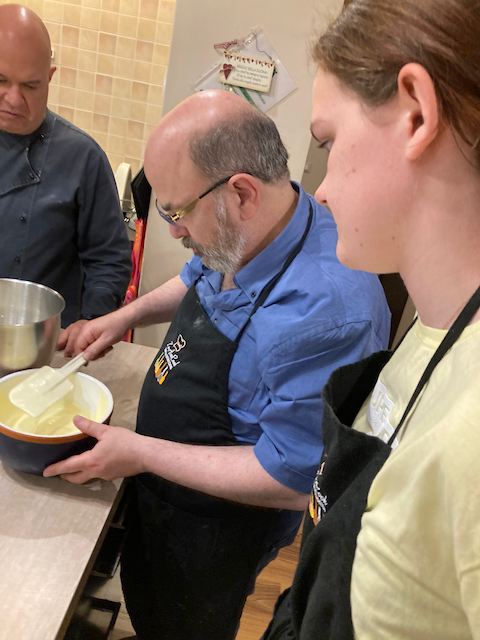
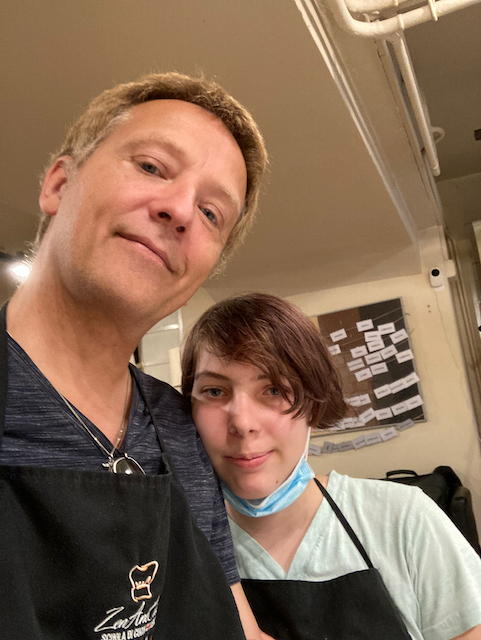
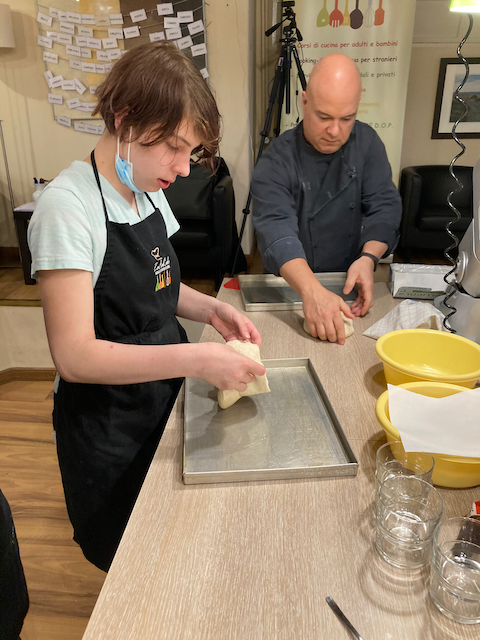
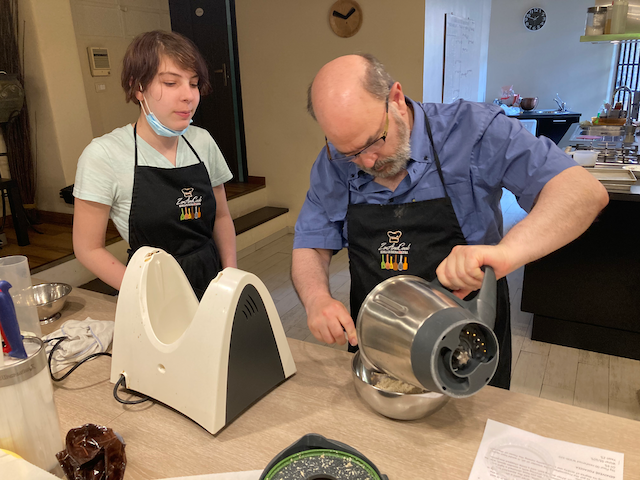
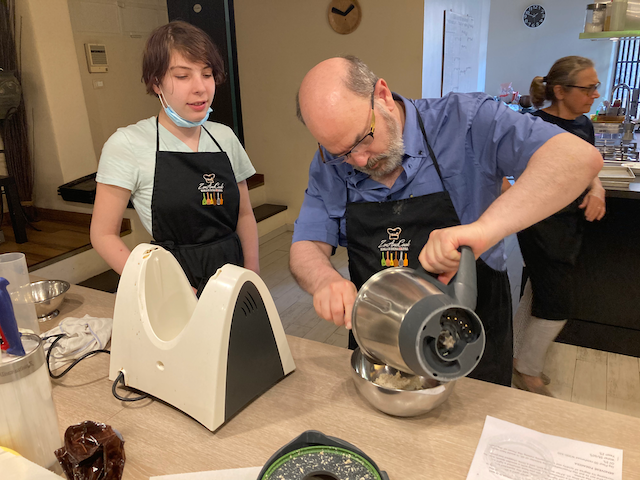
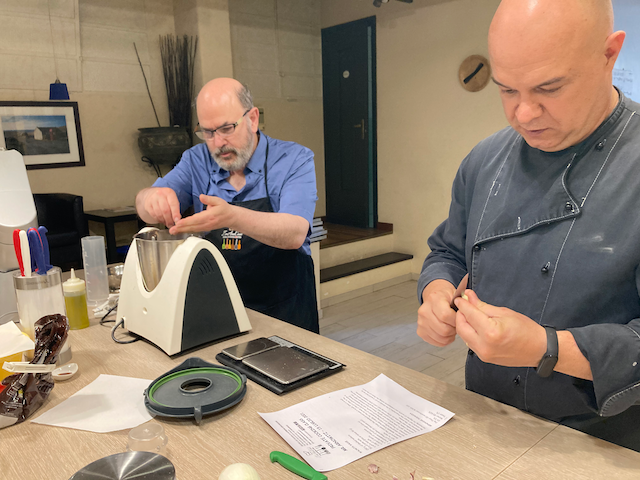
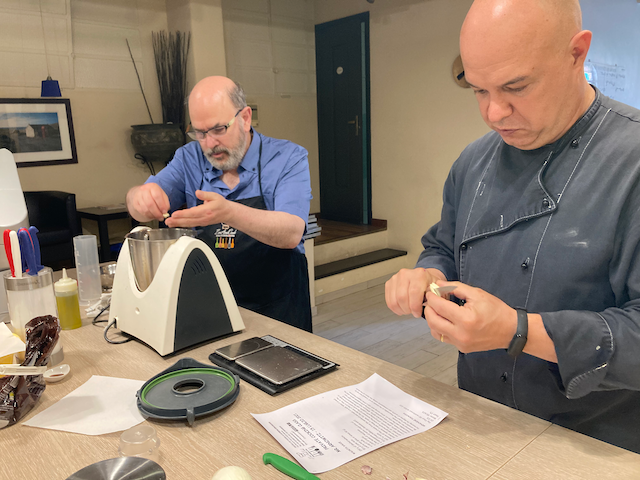
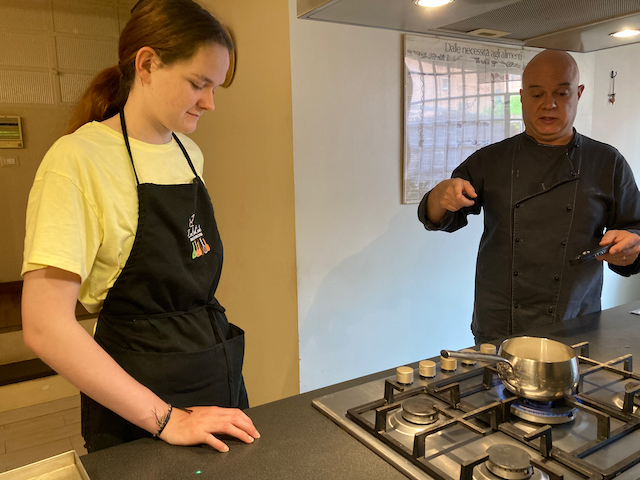
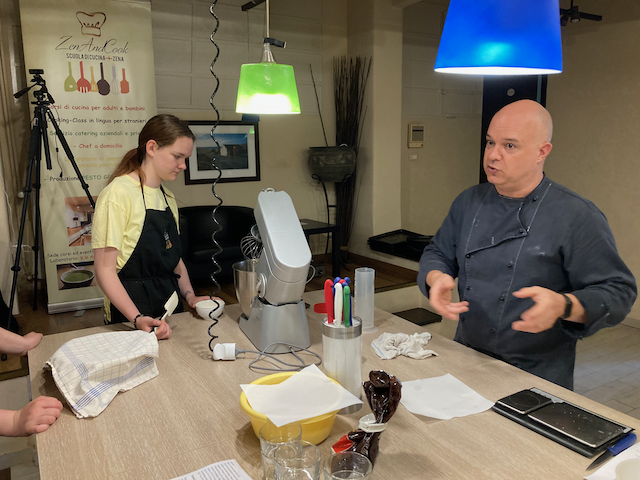
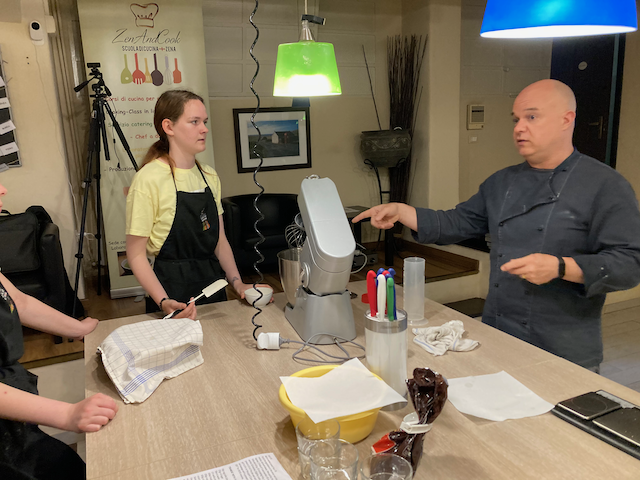
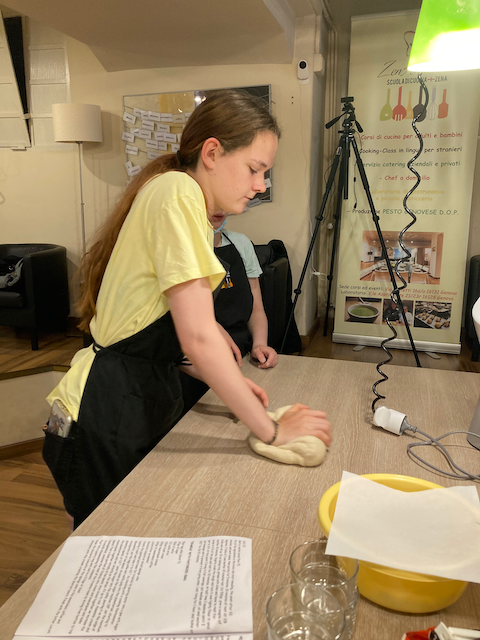
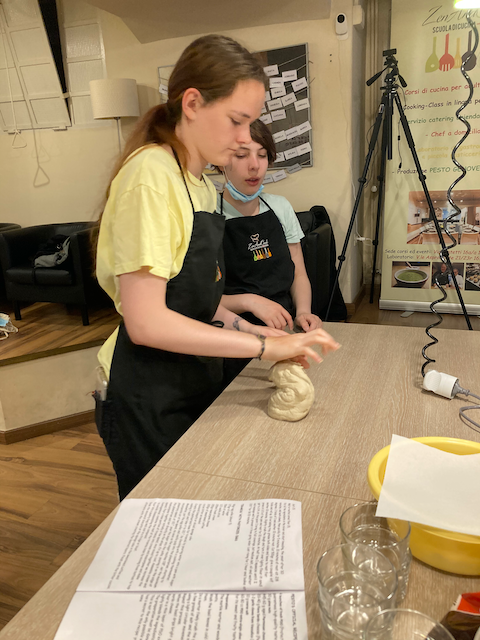
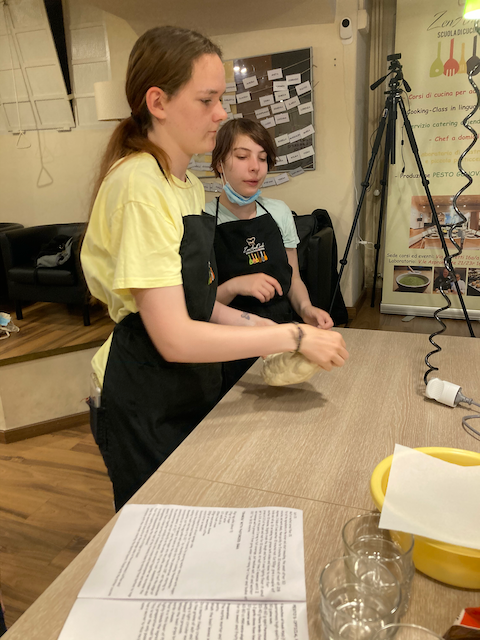
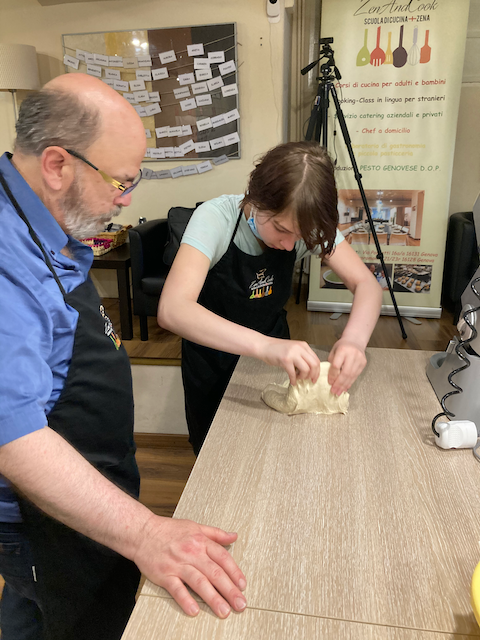
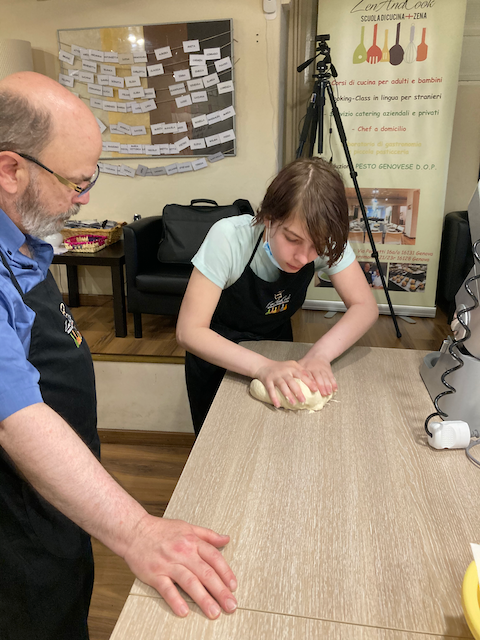
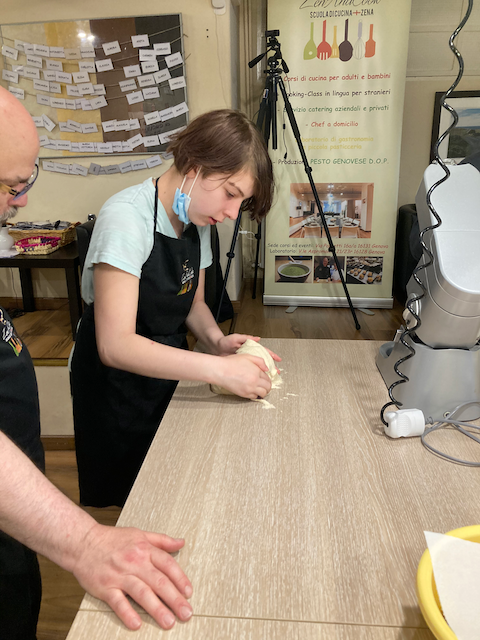
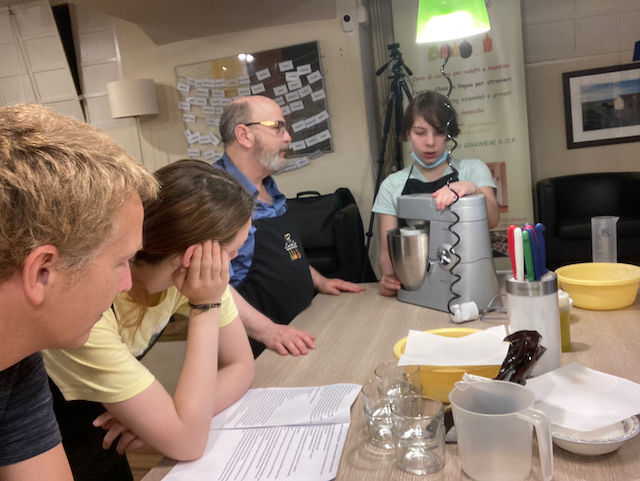
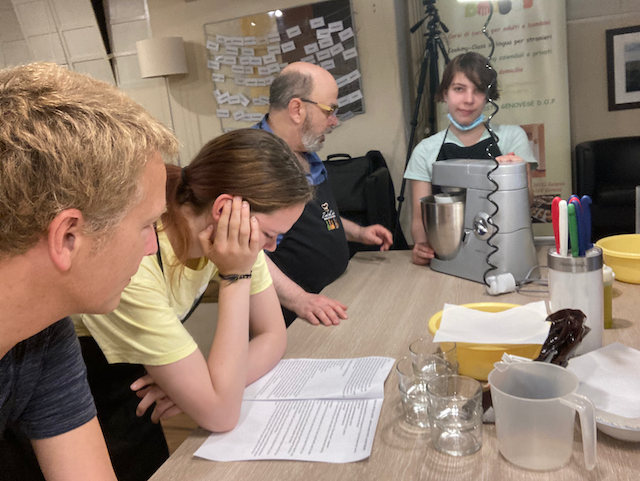
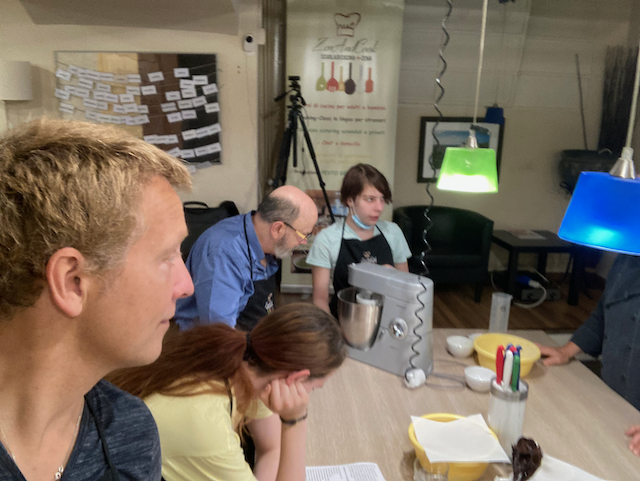
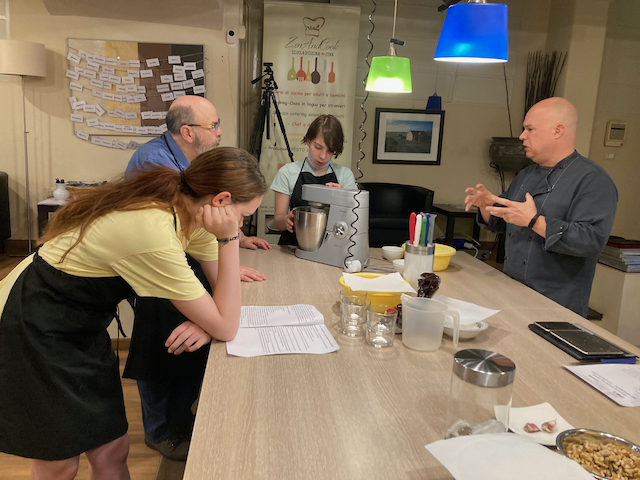
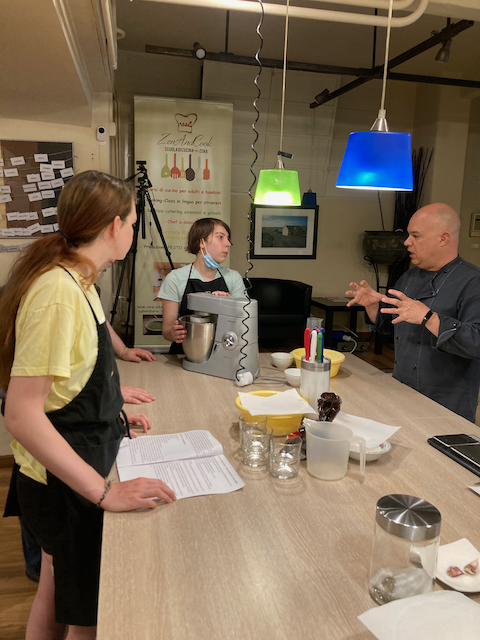
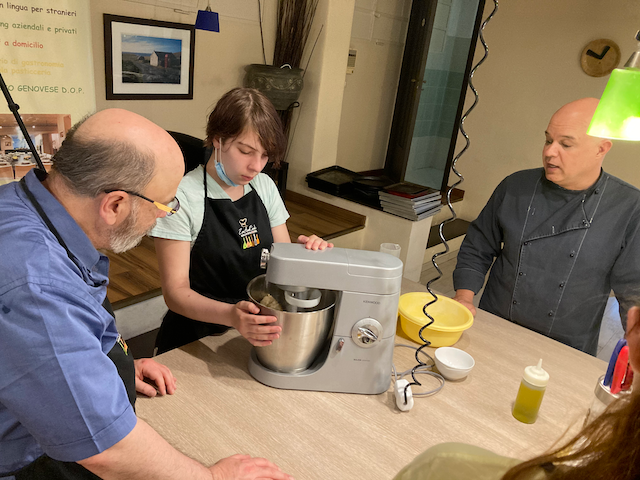
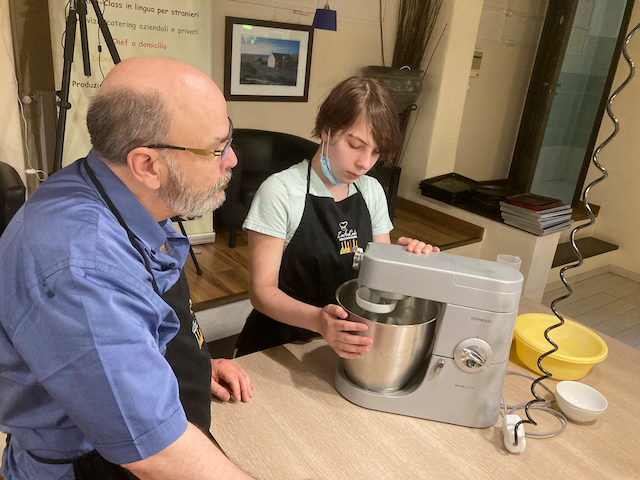
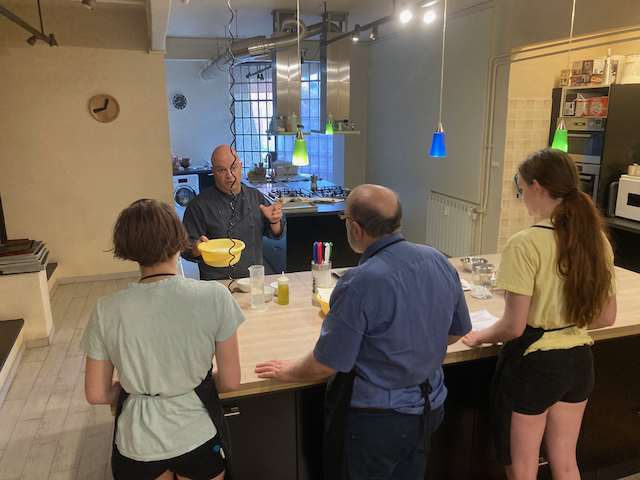
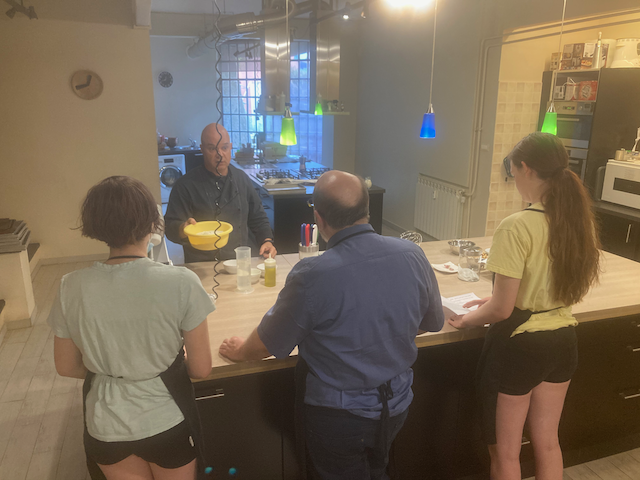
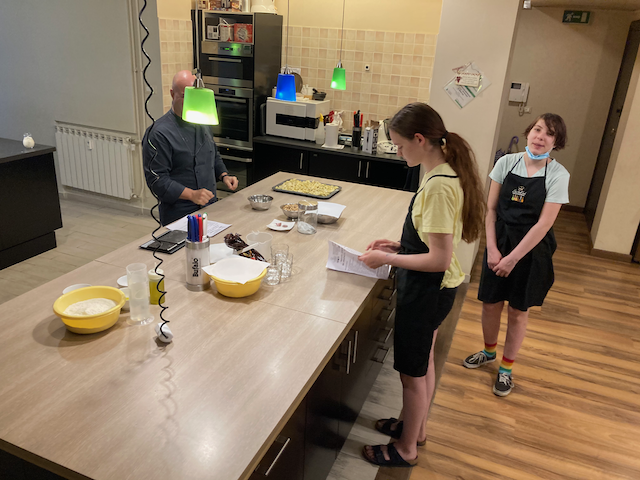
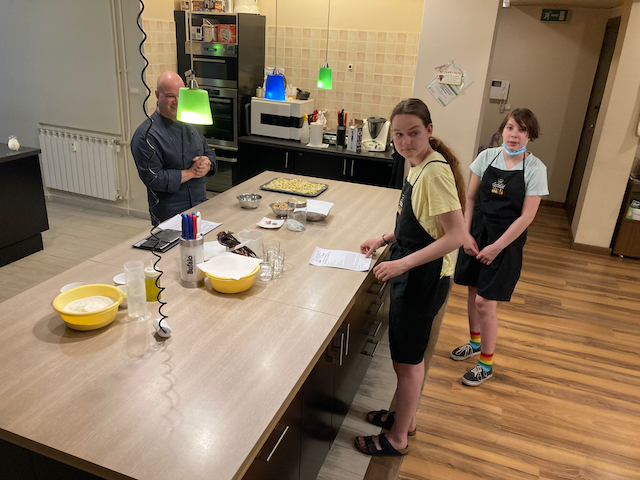
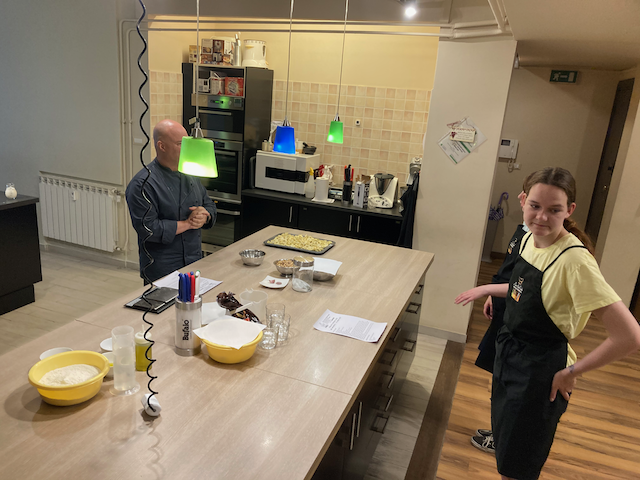
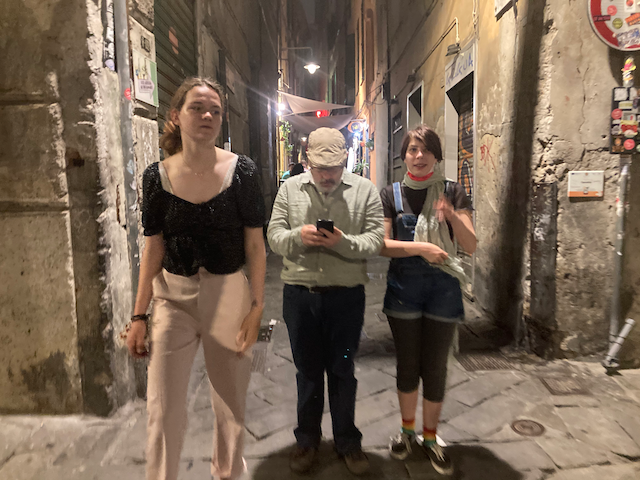
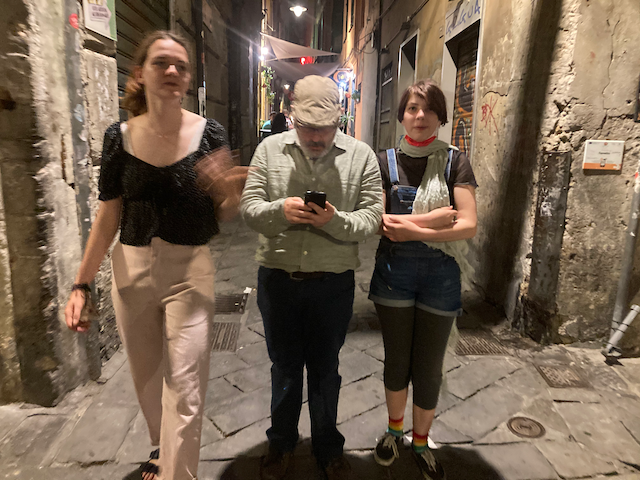
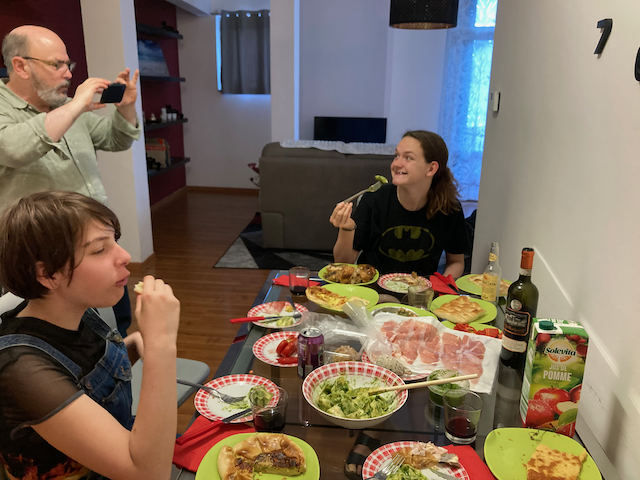
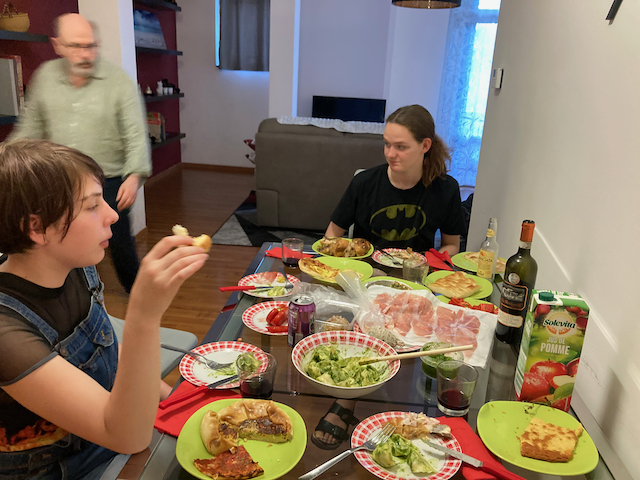
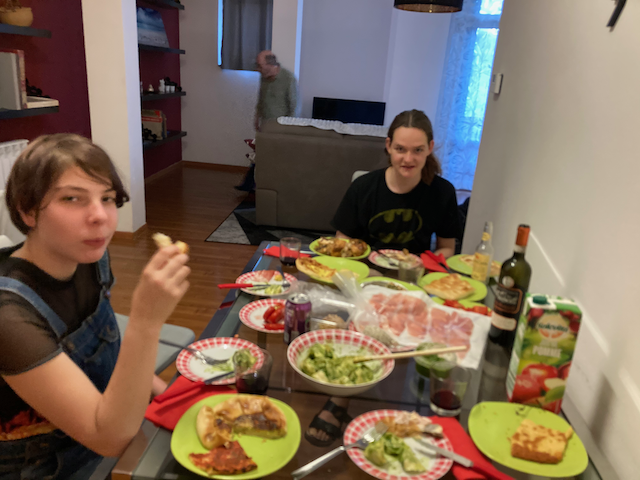
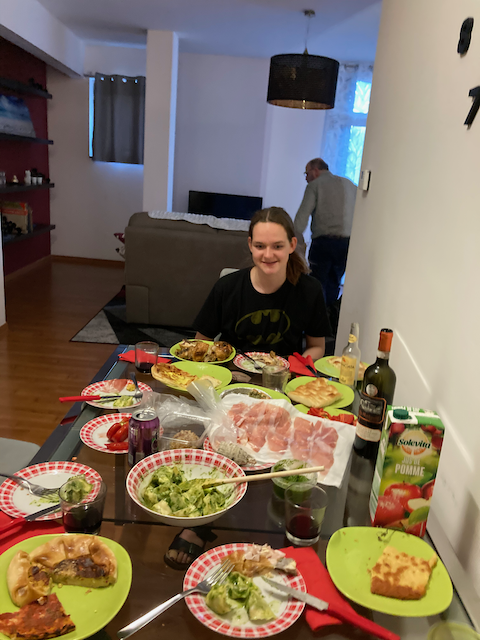
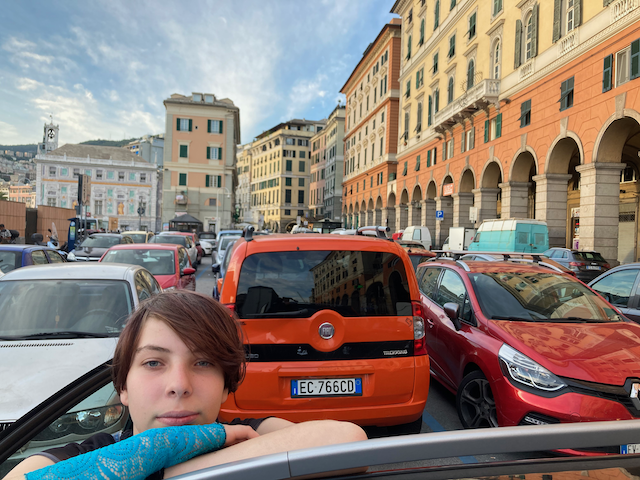
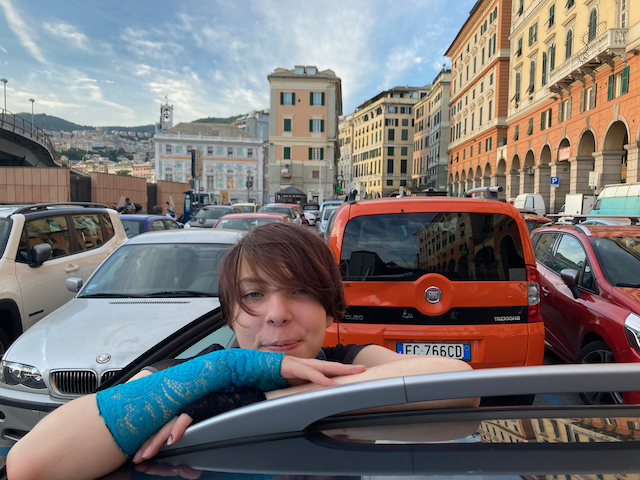
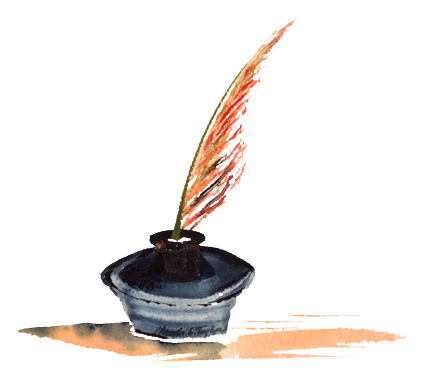
Bravi!!!